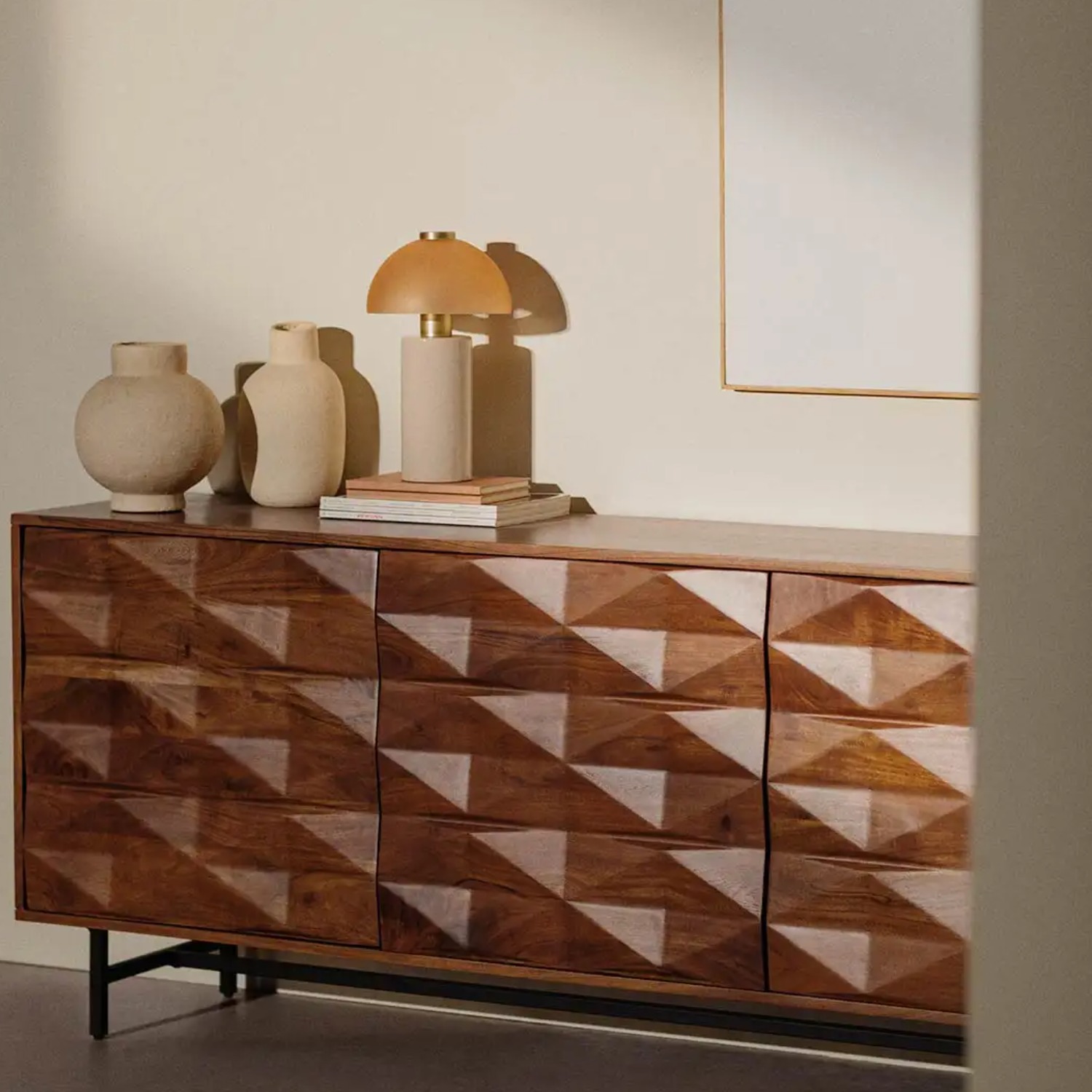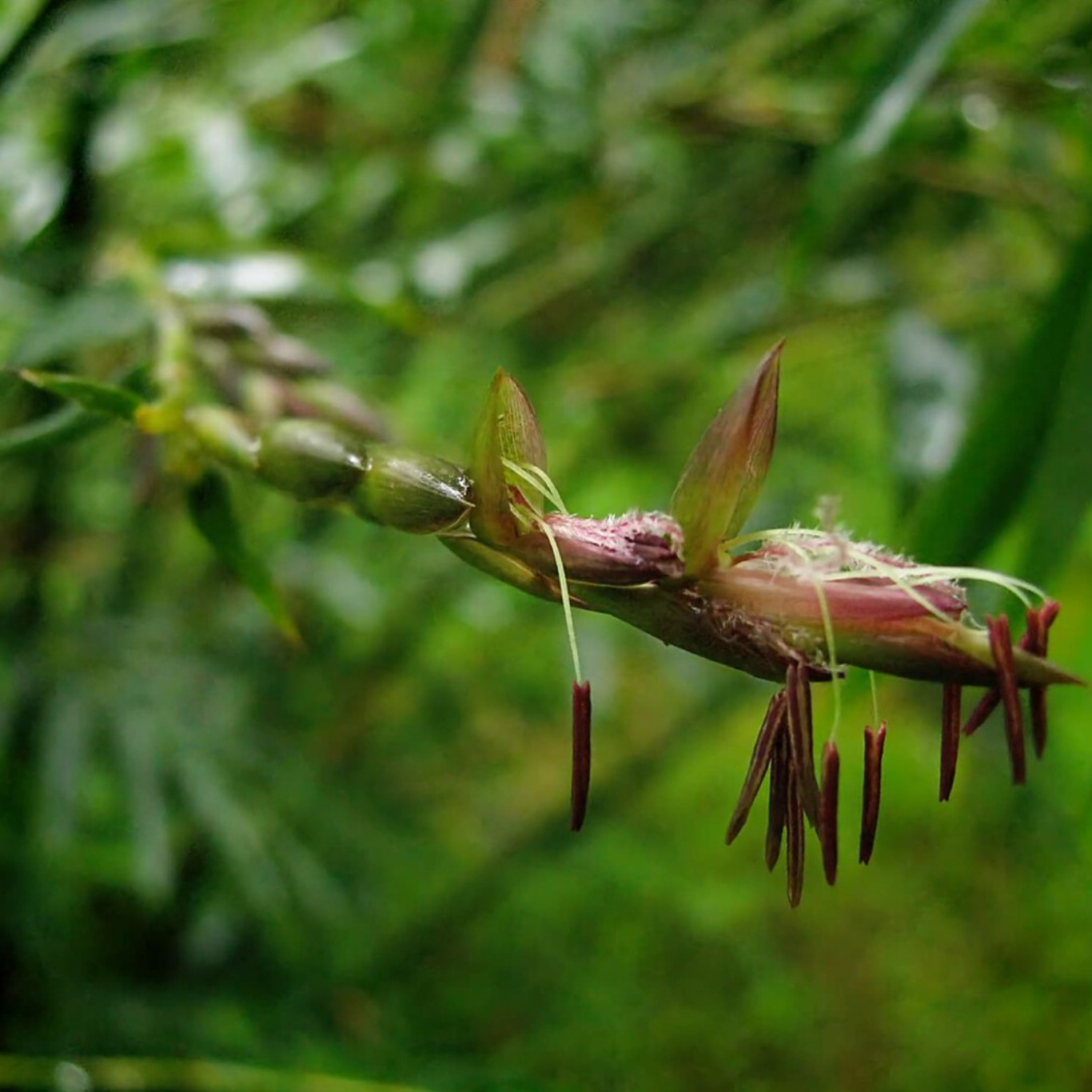
This is the wood that will conquer your home: beauty, resistance and sustainability in a single material
Acacia wood is valued by its durability, natural beauty, easy maintenance and sustainability, which makes it an ideal choice for furniture and decoration, both interior and exterior.
At present, Acacia wood has gained enormous popularity in the world of decoration. Its qualities not only highlight it for its beauty, but also for its functionality and versatility. This wood, originally from different regions of the world, has managed to conquer designers and owners of households seeking a perfect balance between aesthetic and practical. But what makes this wood so special? We discover in detail its characteristics and reasons to include it in any decorative project. Durability and natural resistance of the main reasons why acacia wood is so popular is its extraordinary durability. Originally from Africa and some parts of Asia and Australia, Acacia is a dense and resistant wood that supports daily wear better than other woods. It has a higher hardness that makes it ideal for furniture and surfaces that will be exposed to constant use, such as dining tables, countertops or soils. In addition, acacia is highly resistant to pests and moisture. Unlike other softer woods that are easily deform or crack Acacia is another characteristic that makes it so popular. Its marked veins and color variations, ranging from light and golden tones to darker brown, provide a warm and natural appearance that adds character to any space. This set of shades allows acacia wood to be a very versatile choice, adaptable to rustic and modern styles. In decoration, acacia is used in a wide variety of furniture and objects, from tables and chairs to cabinets, shelves and even decorative accessories such as frames and lamps. Its versatility is made an excellent option to combine with other materials such as metal or glass, providing a balance between the natural and industrial, the modern and the traditional.
IT MAY INTEREST YOU
 After 120 years of growth, a Japanese bamboo has just flourished. And that is a problem
After 120 years of growth, a Japanese bamboo has just flourished. And that is a problem
Phyllostachys nigra var. Henonis is the scientific name of this curious plant who goes for a walk through the countryside or through the parks of his city can still find numerous flower plants, while many others are already paying off. Many of the plants around us bloom, bear fruit and repeat this part of their reproductive cycle the following year. Others take a little longer
 COP29 in Baku | FAO organizes virtual event on sustainable forest bioeconomy for mitigation and adaptation to climate emergency
COP29 in Baku | FAO organizes virtual event on sustainable forest bioeconomy for mitigation and adaptation to climate emergency
Within the framework of the COP29 of climate change in Baku, the United Nations Food and Agriculture Organization (FAO) will lead a virtual event focused on sustainable forest bioeconomy as a key tool for mitigation and adaptation to climate change.
 San Vicente celebrates the 39th edition of the National Wood Festival with outstanding artists
San Vicente celebrates the 39th edition of the National Wood Festival with outstanding artists
It will be from October 31 to November 3.





















